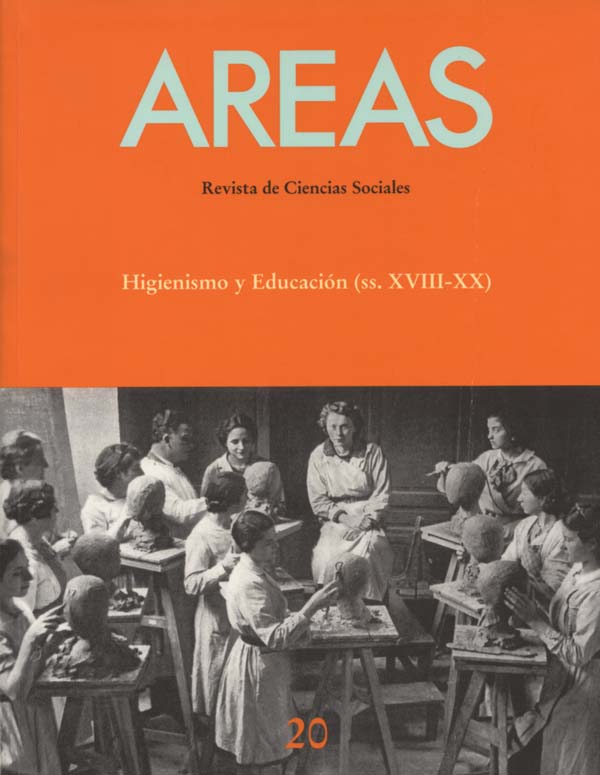USING PHYSICAL GROWTH AS GUIDE OF SPANISH CHILDREN'S HEALTH (1900-1950)
Abstract
Along the first half of the XX Century the studies about human growth were consolidated. These studies had as a starting point the last decades of the XVIII Century and their object was to explain the biological transformations that take place in the first phases of human life. The objective of the present study is to examine the process of incorporation of a group of concepts and techniques into Spanish pediatrics during the years 1900-1950. The aim of these knowledge and methods were to study human growth and in what way this information on growth could be interpreted as accurate indicator for the measurement of levels of health. The principal matters that will be examined are how the evolution of size and weight of Spanish children with regard to other European countries became known from medical texts and the doctrinal analysis put forth with time to explain these differences. Outside of the strictly biological mark, the ideological components keep a narrow relationship with the important contemporary political and social events.Downloads
Download data is not yet available.
Metrics
Views/Downloads
-
Abstract806
-
PDF (Español (España))290
22-01-2012
Ballester, R., & Perdiguero, E. (2012). USING PHYSICAL GROWTH AS GUIDE OF SPANISH CHILDREN’S HEALTH (1900-1950). Areas. International Social Science Journal, (20), 161–170. Retrieved from https://revistas.um.es/areas/article/view/144711
Artículos
The published works by this Journal are subject to the following terms:
1. The Publication Service of the University of Murcia (the Editor) owns the copyright of its publications. It promotes and allows its use under the indicated licence in Section 2.
© Servicio de Publicaciones, Universidad de Murcia, 2011
2. Papers are digitally published under the licence Creative Commons Reconocimiento-NoComercial-SinObraDerivada 3.0 España (legal text). They can be copied, used, disseminated, transferred and publically presented if: i) the author is quoted, as well as the original source of publication (Journal, editorial and URL); ii) they are not used for commercial purposes; iii) the licence of use is mentioned.
3. Auto-file Conditions. It is allowed and authors are encouraged to digitally disseminate their pre-print versions (versions prior to review) and/or post-print (reviewed version accepted for its publication) since it promotes its early diffusion and the corresponding increase of quotes and scope within the academic community. RoMEO Colour: green.


